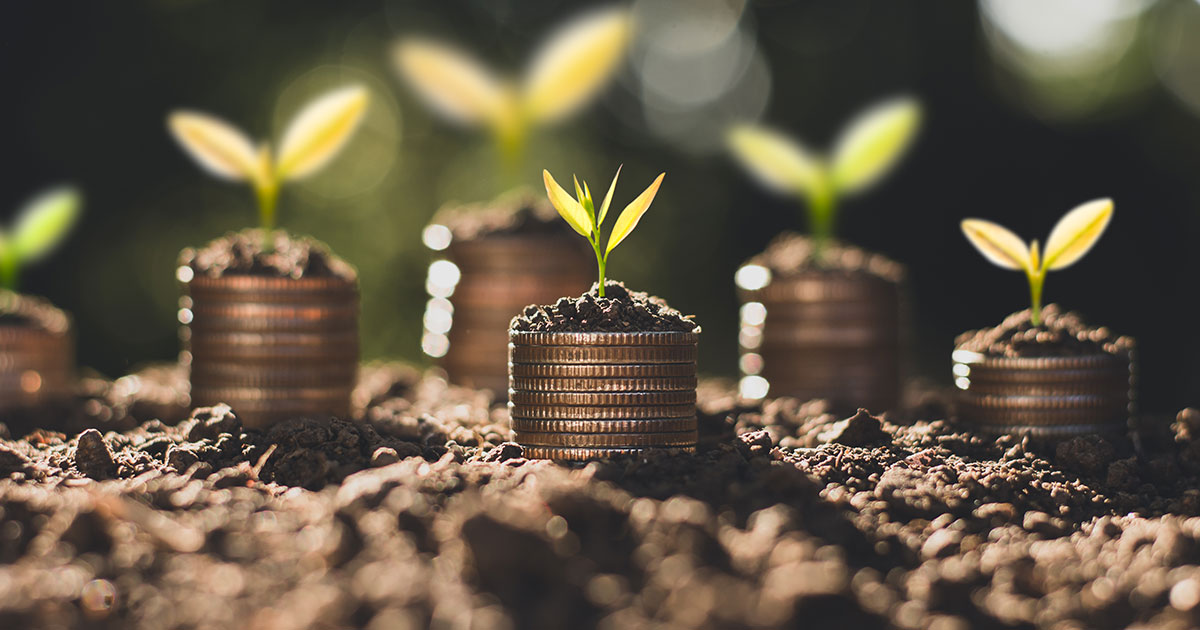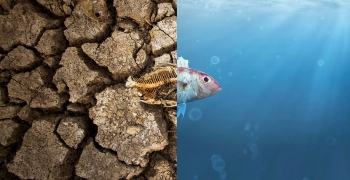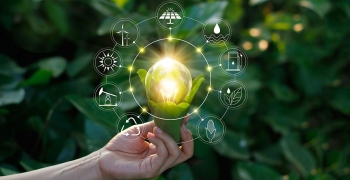What is the Earth Overshoot Day? In simple terms, it is that day of the year when the cumulative human demand for ecological supplies in form of resources and services surpasses the cumulative amount that the Earth can generate in a year. According to the Global Footprint Network, in 2019, that day was July 29, making it the earliest noted date that the world has run out of resources in a year since the initiative was started in early 1970. A deficit of more than five months’ worth of ecological resources!
When we talk about sustainability, it is often seen as a responsibility resting solely with world leaders, a scenario quite detached from the reality. While resolute policies pave the path, treading them responsibly comes through holistic intent of each one of us.
Looking at the possibilities from a business point of view, a lot of course depends on how resources are used, products manufactured, and services distributed and consumed. However, in the times we are living in, more than 72% of the global population is from countries that are not only running biological resource deficits, but also generating less than the average world income. In other words, this double resource challenge is impeding the world from making a distinctively positive ecological impact on its production-consumption-disposal journey.
Business corporations are continuing to revisit their strategies and objectives to align them with their responsibility toward the nature. For instance, Merck recently set a goal to achieve carbon neutrality across its operations by as early as 2025 and reduce 30% of its value chain emissions by 2030. Various organizations, especially in the EU, are driving carbon offsetting initiatives by proactively investing in renewable energy sources and carbon lowering technologies. Governmental initiatives such as emissions trading system (ETS) is adding further impetus to industrial goals. With more and more organizations moving in the right direction, the dream of achieving a net zero state is now being backed by serious intent.
In a time when business decisions are being dictated by skewing market dynamics, growing competition, technological innovations, and strict regulations, it is often easy to get distracted from the larger picture of sustainability. However, organizations will have to position overall operational sustainability as a significant consideration among their business objectives. It is paramount for organizations to strike a balance between sustaining the business and sustaining the environment through deep-seated, technology-driven innovations.
A key consideration while designing and developing new products, a key business activity, should therefore be the establishment of practices that help synergize the economy and ecology by emphasizing the sourcing-usage-disposal journey. This is where efficient product lifecycle management can play a critical role in ensuring sustainability.
A typical product lifecycle goes through a number of stages, dictated by the consumer habits:
- Development and Introduction: The product is developed and introduced in the market with the focus on popularizing it.
- Growth: At this point, the product has been received by the customers and its sales accelerates, generating profits for the company.
- Maturity: The product has now reached its pinnacle and has stayed there without showing signs of growing in popularity any further. The sales and profits have plateaued.
- Decline: At this stage, the sales of the product see a continued decrease, meaning that the product is no longer as popular as its competition or as it once was.
- End: After the product has run its course, it gradually proceeds to sunset, ending its lifecycle.
When the profits are rising, it may be easy to overlook sustainability goals. However, it is increasingly becoming evident that ignoring sustainability targets can expedite the emergence of the Maturity and Decline phases, therefore resulting in additional costs for frequent new product development requirements. This would have a serious impact on overall business profitability and its future capacity to scale and expand.
Organizations therefore must realize that imbibing a technology-supported sustainability culture in their organizational DNA would help streamline and future-proof their new product plans, help sustain growth, and drive profitability.
The mantra of sustainability is providing for one generation adequately without compromising the needs of future generations. The planet has only so much offer, but the demand is ever increasing. Keeping that in mind, sustainable innovations must be applied around the three key elements of profit, people, and the planet. By doing so, businesses will be able to strategize better for their financial goals, social objectives, and environmental commitments. Sourcing the most sustainable raw material, opting for the most sustainable development process, and choosing the most sustainable distribution and sales channels are steps in the right direction. Similarly, due respect must be given to the people element during the designing and development stage. And, contrary to the belief that vitalizing sustainability compromises business goals, the Triple Bottom Line offers the impetus to the financial objectives of organizations.
Sustainable innovations are key to new product development, in particular, because these products are consumed by customers who are increasingly more aware and empathetic to the environmental and social needs. This makes the role of new product developers, practitioners, and engineers critical to the satisfaction of business objectives in an ‘eco-awakened’ world.
Organizations that are successful in drawing up effective sustainable innovation strategies for addressing social, environmental, and financial needs will therefore revolutionize new product development in an ecologically conscious and sustainability-oriented world.




